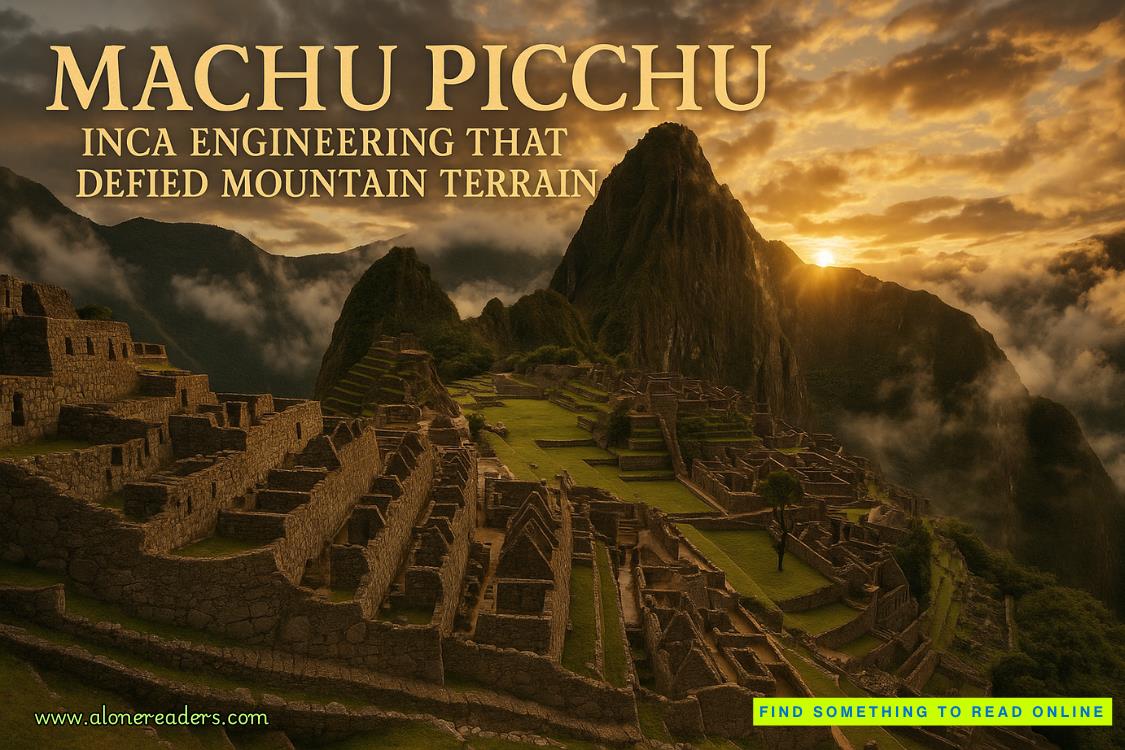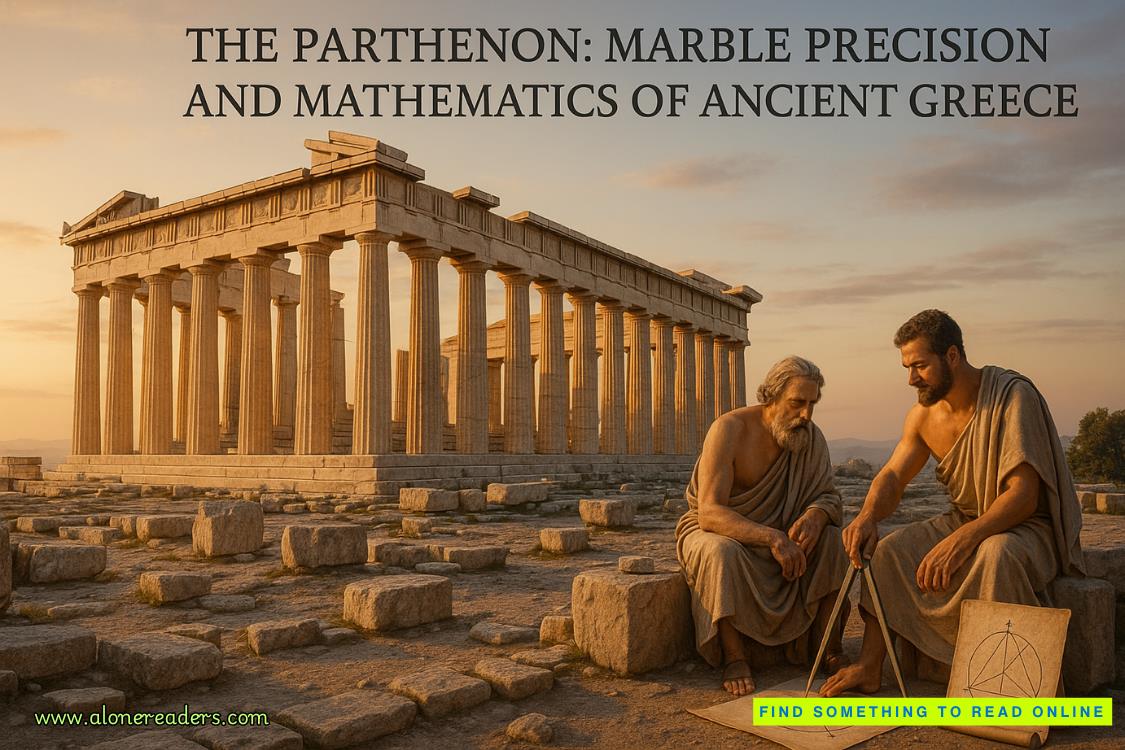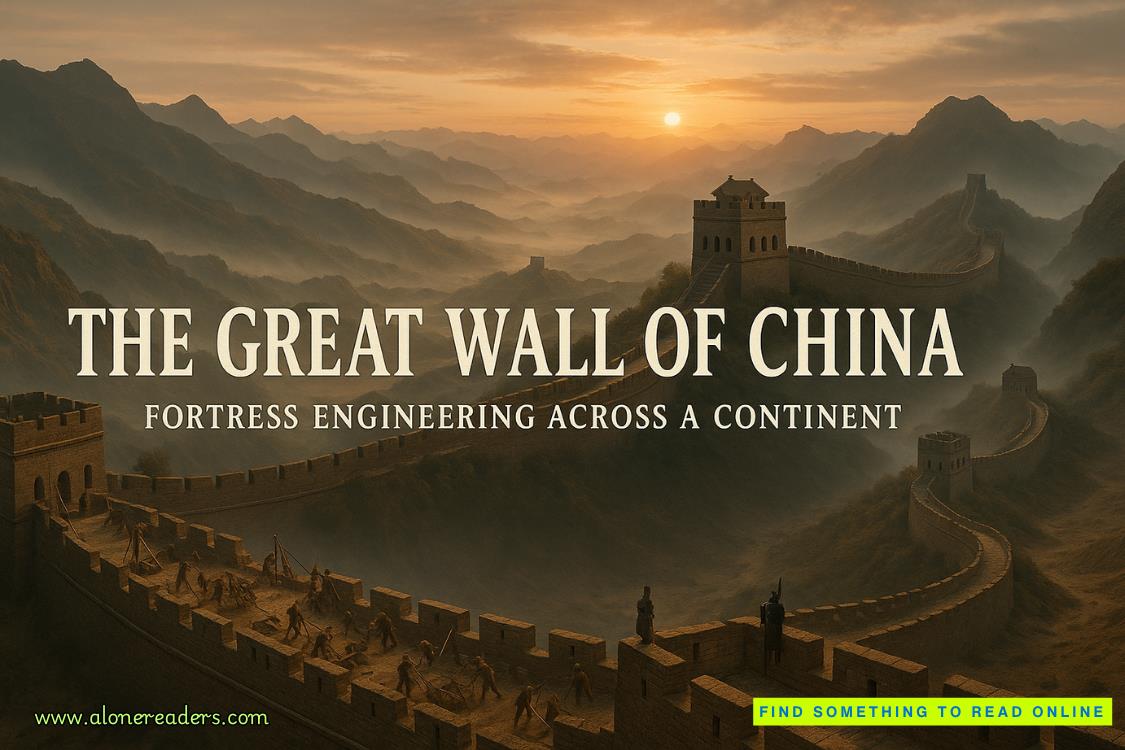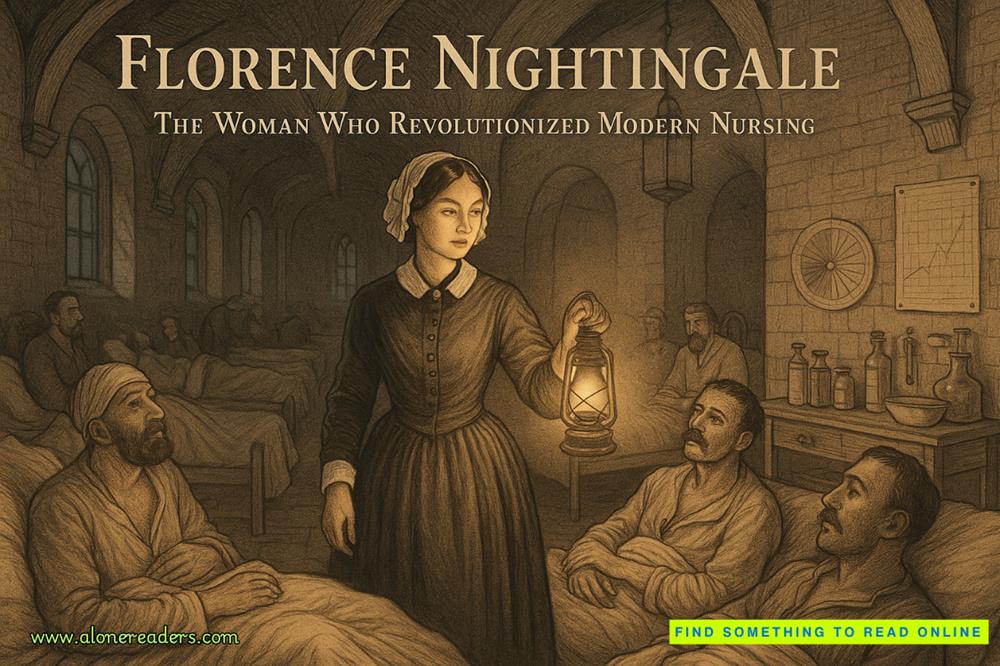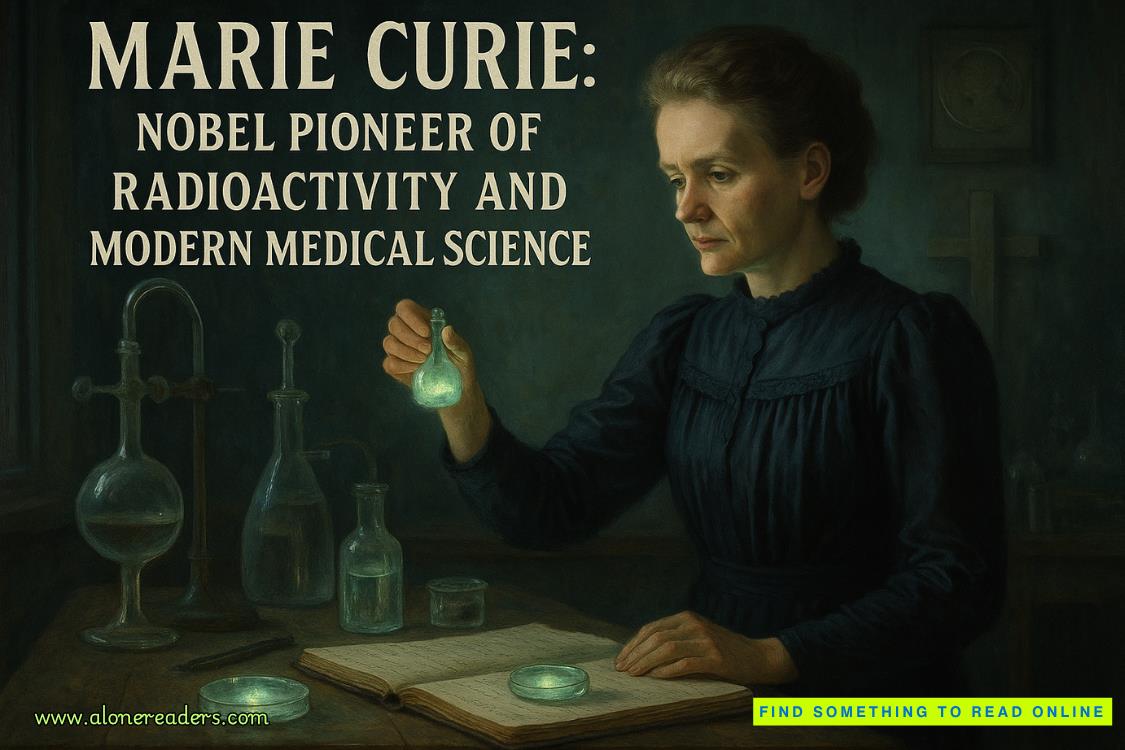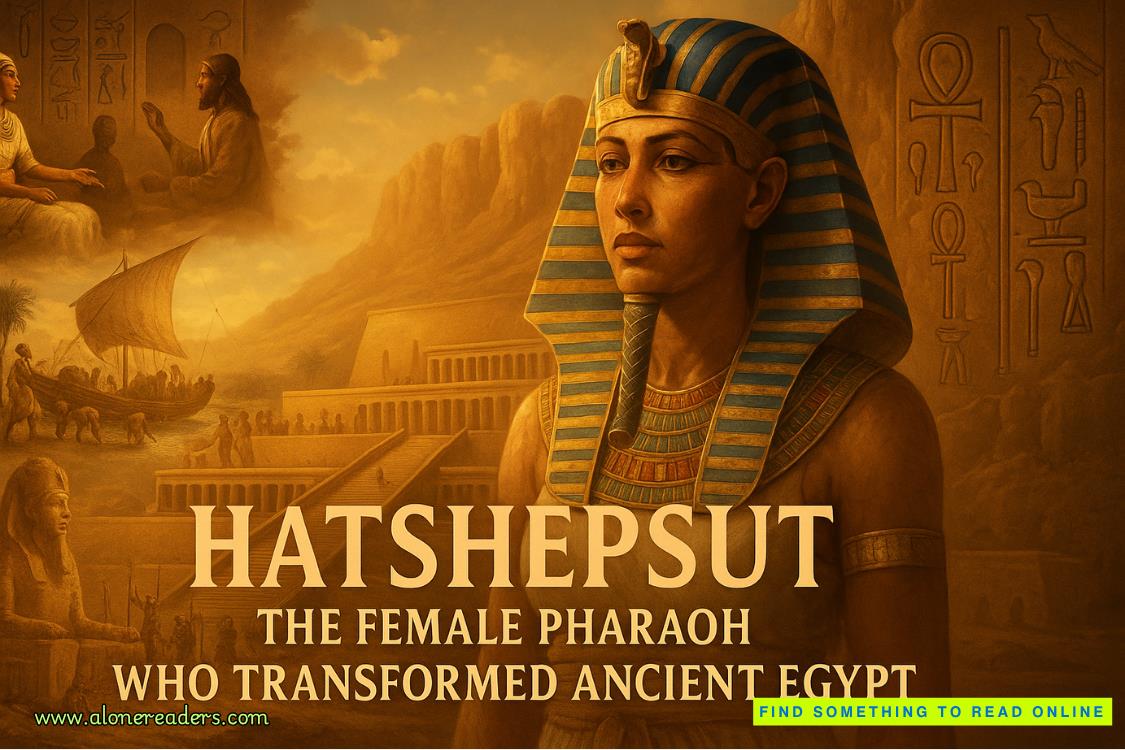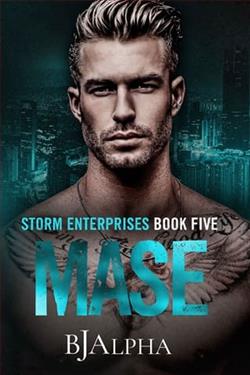Page 123 of Earth Unaware (The First Formic War 1)
"You do?"
"Completely. But if this is a hoax then you need to tell me now because I am prepared to help you as much as I can. And if I help you, and this turns out not to be real, I will lose my job, and you and I will go to prison for a very long time."
"It's real. If you can get access to a scope powerful enough to see out to that far, you can see it for yourself."
She shook her head. "That will take too long. The only scopes that powerful on Luna belong to Ukko Jukes. And believe me, he won't help us."
"So you'll take this to your boss?"
"Of course I'll take it to my boss. I have to. That's my job. But not the original data cube. I want that to stay with you. I'll take a copy. Today. Right after I leave here. But that can't be all we do, Victor. I'm not putting the fate of the world into the hands of a few bureaucrats in Lunar Customs. I don't know those people, and even if I did I wouldn't trust them with something like this. Sad recent experiences have taught me never to trust the people above me. So we'll follow the proper channels, yes. We'll start the ball rolling that way. But we also do our own thing. We get the word out our way. Now. Immediately."
"How? We go to the press?"
"No. Not fast enough. The world isn't watching the Lunar news. I mean right now, Victor. We upload this video of the alien onto the nets. Right now. We get people all over the world watching this video within the hour."
"How do we do that?"
She took her holopad from her pouch, set it on the table, and copied the video from Victor's data cube to her own holospace. Using her stylus, she selected a section of video featuring the alien attacking Victor and his Father and Toron on the pod and set it aside. Then she selected other bits of video to follow. The interior of the Formic pod. The wreckage of the Italian ships. Select, frightening accounts from the Italian survivors. She then created several frames with additional information, including coordinates, trajectory, and other data from Edimar. When she finished, she played it back. It was just over five minutes long.
"We can't make it too long," she said. "Or people won't watch it."
"It's good," said Victor. "It's just the right length."
She was moving her stylus in the holospace, bringing up several different windows. "There are about twenty major sites we can upload this to. They all get a lot of traffic. Other sites will see it and pick it up. It'll go viral."
"How quickly?"
"No telling. My guess is very fast. Once it gets momentum, it will explode. You want to tell the whole world aliens are coming? Here's your chance." She handed him the stylus. The windows in the holospace were all selected. Twenty vid sites on the nets. A large green button in the center of the holo was marked "send." All he had to do was touch it.
He thought of Father and Mother and Concepcion and Mono and everyone back on El Cavador praying for him to reach this moment. This is what he had come for and nearly died for. This is what Toron had died for. He thought of Janda. He thought of her hand atop his, holding the stylus, too. He thought of the twelve billion people on Earth who were in for the wake-up call of their lives.
"This better work," said Victor. Then he reached out and pushed the button.
AFTERWORD
The story in this novel didn't begin as a novel. It began as backstory to Ender's Game, which was first published as a novelette in August 1977, and then later as a full-length novel in 1985. Backstory, by its definition, is everything that happened in the world of the story before the story begins. It's easy to ignore backstory. It's in the past, after all. Yet in the case of Ender's Game, I'd argue that without the richly imaginative history that Scott Card gave his universe, the premise of Ender's Game would have failed.
Consider how the novel begins. Here you have this six-year-old kid with a medical device on the back of his neck--likely connected to his brain stem--that monitors his every action, thought, and conversation, all to determine if he has what it takes to be the next great military commander. It begs the question: What happened to the human race that led us to allow such an invasion of personal privacy or, for that matter, the use of innocent children for war? The answer, of course, is the Formics. Scott Card created a history for the world filled with alien invasions and do-or-die heroics in which the human race was nearly wiped out. In other words, he created a history on which the circumstances of Ender's story could exist. And yet he only gave us as much of that history as we needed to know. We knew that the two conflicts were called the First and Second Formic Wars, and we heard whispers of pivotal events, such as the Battle of the Belt or "the scouring of China," but the specifics of those wars and events were largely unexplained. Instead, Scott kept our eyes and hearts laser-focused on the story he was telling, the story of Ender Wiggin.
Flash ahead to 2009. Marvel Comics has just published a ten-issue adaptation of Ender's Game and a ten-issue adaptation of Ender's Shadow. The response from critics and fans was overwhelmingly positive, and the praise was well deserved. The comics were beautifully drawn and extremely well written. Credit goes to Marvel, who showed their respect for and love of the original material by staying faithful to Scott's original stories and by hiring some of the most talented creators in comics today to bring the stories to life. (Christopher Yost, Pasqual Ferry, Mike Carey, Sebastian Fiumara, Frank D'Armata, Giulia Brusco, Jim Cheung, Jake Black, and others.)
Marvel wanted to do more and assembled a team to adapt Speaker for the Dead and Ender in Exile--both as limited-issue series. In addition, Marvel produced a few one-shot comics in the Ender universe as well. (One shots are stand-alone issues not part of an ongoing or limited series.) One such comic adapted Scott's short story Mazer in Prison. Another told how Peter and Valentine initiated and then stopped the League War. Another told a completely original Valentine story. In short, th
e world of Ender Wiggin was thriving in comics.
But Marvel wasn't finished. They wanted to do more. And it was here that Scott Card made the proposition that would eventually result in the book you're holding now. Scott essentially asked, "What if, instead of another adaptation, Marvel does an original series in the Ender universe? What if we told the story of the first two Formic wars? Why not bring all the backstory from Ender's Game to life, with a completely new cast of characters?"
Marvel said yes, and Scott and I agreed to write the series. I had been working with Marvel adapting Speaker for the Dead and Ender in Exile and writing a few one-shots. Scott had comic experience as well, having written Ultimate Iron Man for Marvel some years before. It wasn't the first time Scott and I had worked as a team, either. We had collaborated on the novel Invasive Procedures and on a limited-issue comic series for EA Comics based on the award-winning video game Dragon Age.
While Marvel began assembling an art team, Scott and I began to develop the story. Ender's Game had been on Scott's mind for over thirty years, so many of those early story sessions consisted of Scott sharing what had been stewing in his brain all those years and me furiously taking notes. The early conversations were primarily focused on world-building. Scott had given a lot of thought to the concept of asteroid mining and how the whole industry would work. What was the science of it all? How do the miners get the metals back to Earth? What economic infrastructure must exist to make survival in the Deep possible? Would miners work exclusively in the Asteroid Belt, or would some miners venture farther out? Were there only corporations doing the work or was there room in the economy for independent mining families and clans? And if so, what is the relationship between free miners and corporate? And how do miner families marry and prosper? How do they mix up their gene pool and exist in such an empty and isolated environment?
And what about the military? Scott and I knew that Mazer Rackham had to play a pivotal role in this story. Where was he trained? And more importantly, who trained him? Who showed Mazer how to command?
Once Scott and I had a basic framework of the world, we began populating it with characters. We knew from the get-go that we weren't writing Ender's Game. This wouldn't be the story of a single hero; it would be the story of many.
The challenge was, we were writing a comic book. And comic books, in case you've never counted, are generally twenty-two pages long. You can only squeeze so many panels of art onto a page, and the more dialogue you write, the more art you cover up. So it's best to be extremely economical with words. Some of the ideas and characters that Scott and I were developing simply wouldn't fit in the comics.
Around this time Marvel introduced Scott and me to the art of Giancarlo Caracuzzo, who blew us away with his environments and characters and style. The immensely talented Jim Charalampidis joined as colorist, and in no time, beautifully vibrant pages of the comic began popping up in our inboxes.

